
The ITC Grand Chola plays host to the ‘Cuisine of the Navaithas’ for the next few days. as a part of their 'Kitchens of India' series.
The Nawaitha’s (also spelled Navayath and Nawayat) are a Muslim community concentrated mostly in coastal Karnataka, pockets of Banglore and some parts of Tamil Nadu around Gingee. It is an ethnic society, having its own unique traditions and distinct cultural identity. The Nawayathi community holds an important place among the other coastal Muslim communities. There are smaller distributed pockets of Nawayaths in Bhatkal , Honnavar, Byndoor, Malpe and Basrur in Karnataka and in Arcot district in Tamil Nadu. Meenambur, a small village close to Gingee south of Madras in Tamil Nadu, is the largest of these. The Navaitha community is also present in Chennai around Royapettah who have moved from Meenambur.
They trace their ancestry back to the Arab and Persian traders who arrived on the Western coast of South India during the medieval era. The Nawayaths are spread around India and the rest of the world. They maintain their strong sense of community and identity which is evident in their Culinary traditions.
Here is a forgotten cuisine story shaped by migration and rootedness, Indians, their British masters and their regional rulers. In the middle of the eighteenth century, the Urdu speaking Muslim settlers of Gingee in Tamil Nadu followed their British masters to fight the war against Tipu Sultan during the ‘Anglo Mysore wars’ of the later end of the 18th Century.
The Madras Sappers set up base in hospitable Bengaluru and their Muslim soldiers ( predominantly Navaitha Muslims ) settled down besides them. The Navaitha Muslims brought with them the secrets from the Mughal Kitchens, their ability to weave magic with select use of spices and their flare with the grills and meats. Their cuisine is an irresistible blend of Mughal and Nawab traditions, savoured with select spices.
Gingee the fortified royal center and a melting pot, had seen the reign of Mughal as early as the 17th century, who brought with them the royal cuisine as they fought their way to the south. They were quick to soak in the local flavours, adopting them yet maintaining the uniqueness of their cuisine. They could also use the tawa to their advantage, churning our many a delicacy on the humble griddle. They had the ability to use local vegetables and combine them with meats, as well as traditions of cooking rice with meats.
Since a lot of the cuisine developed during the many wars, there was a lot of accent on one pot cooking and maximum utilization of minimum resources, which is evident in the ways they looked at using every part of the sacrificed animal in the cooking.
We were served range of starters from the traditional Navaitha cuisine.
Aloo Methi Tikki : Potato and Fenugreek cutlets fortified with traditional spices. This was one of our favourites.
Soya Kabab : Soyabean and Potato cutlets, fried on a tava and finished with traditional spices
Murgh Sina Kabab: Literally means 'Kebabs made of Chicken breasts' marinated and cooked in a girdle
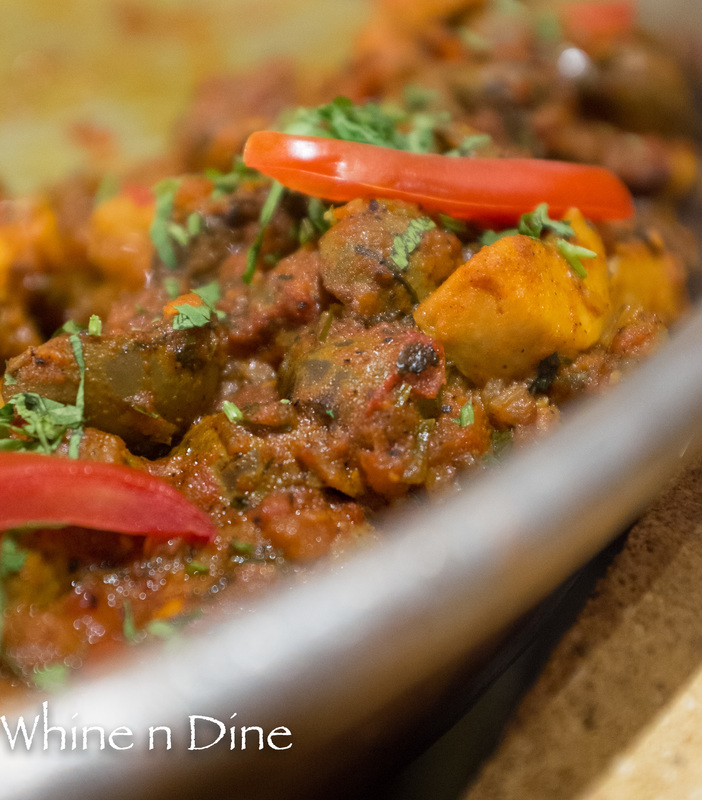 Gurda Kapura
Gurda Kapura Gurda Kapura : which literally means the Kidney and Testicle !!! This basically consists of Testicles and Kidneys of lamb cooked in Spicy Onion Tomato gravy.
Incidently this dish is a very famous Lahori street dish and probably originated from there and was carried from there. Its known as 'Taka Tak' in lahore (becasue of the sound made while the dish is being prepared and hence avoiding naming the 'kapura' ),,This is one of the instances where the Navaitha cuisine involved not wasting any parts of the lamb.
Paya Khamiri : Lamb trotters slow cooked in a hearty flavoured broth finished with a black stone flower powder. The Paya was served with freshly prepared Idiappam.
Yakhni Pulao : Consisted of Rice and lamb cooked together in a hearty lamb stock and then fished with spices. The flavour of the mutton and rice had integrated well and was one of the stand out dishes of the evening
Lehsun ka Pulao : which consisted of Basmati rice and garlic cooked with mild spices over dum.
Methi Ghosht : which was braised lamb which was finished with fresh Fenugreek. This was another standout dish.
Masale Wale Machi : This was a spicy fresh preparation, in which the fish was marinated in a spicy traditional marinade and then fried.
Tamatar Dalcha : This was a preparation of Bengal Gram cooked with tomatoes and southern spices
Khatta Baingan : Baby Eggplant which is cooked in a sour gravy. This was another dish that i found interesting !
Soya Lauki : Bottlegourd cooked along with Dill leaves. This was a fabulous dish and one of the best of the evening. The fact that 'Lauki' which is the enemy of nearly every child can be cooked to taste this amazing was indeed a revelation.
The Vegetarian dishes were the absolute surprise of the festival especially since you expect the Meats to steal the show , but the amazing Vegetarian mains held their own !!
Methi Boondi Ki Kheer : Sweet gram drop pudding finished with reduced milk
Seviyan : Extremely thin Vermicelli cooked with Milk and sugar syrup.
Both the dishes were outstanding with just the right amount of sweetness !
There was a huge selection of Western and Oriental fare.
Added to this was the HUGE selection of Desserts, which included traditional indian desserts, western dessserts and pastries.
A brief snapshot of some of the dishes posted below !
The festival menu is on till the 28th of December and priced at INR 2100 plus taxes
Timing: 07:00pm to 11:30pm (Dinner Only)
At the Madras Pavillion, ITC Grand Chola !
Don't Miss it !!


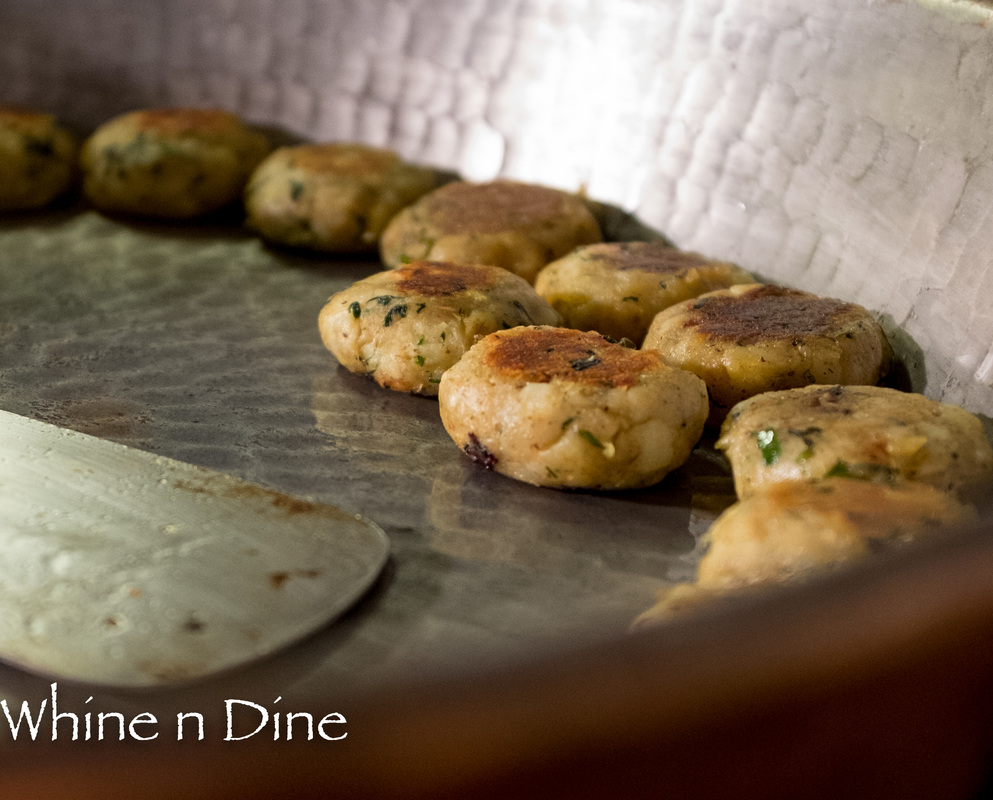
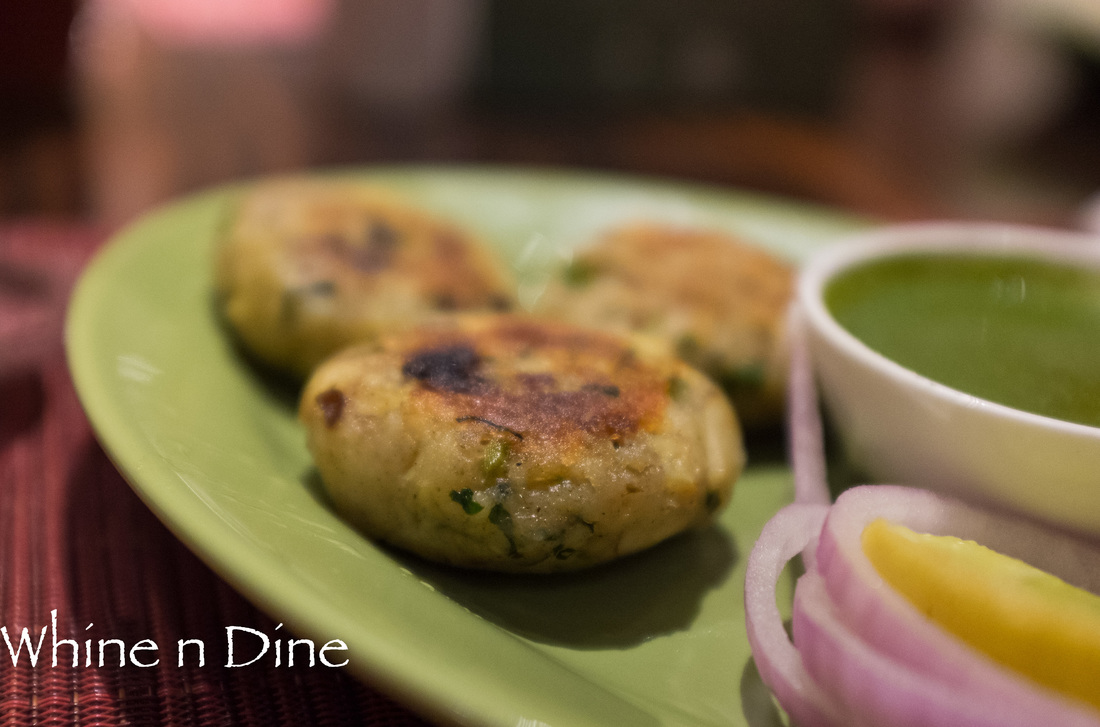

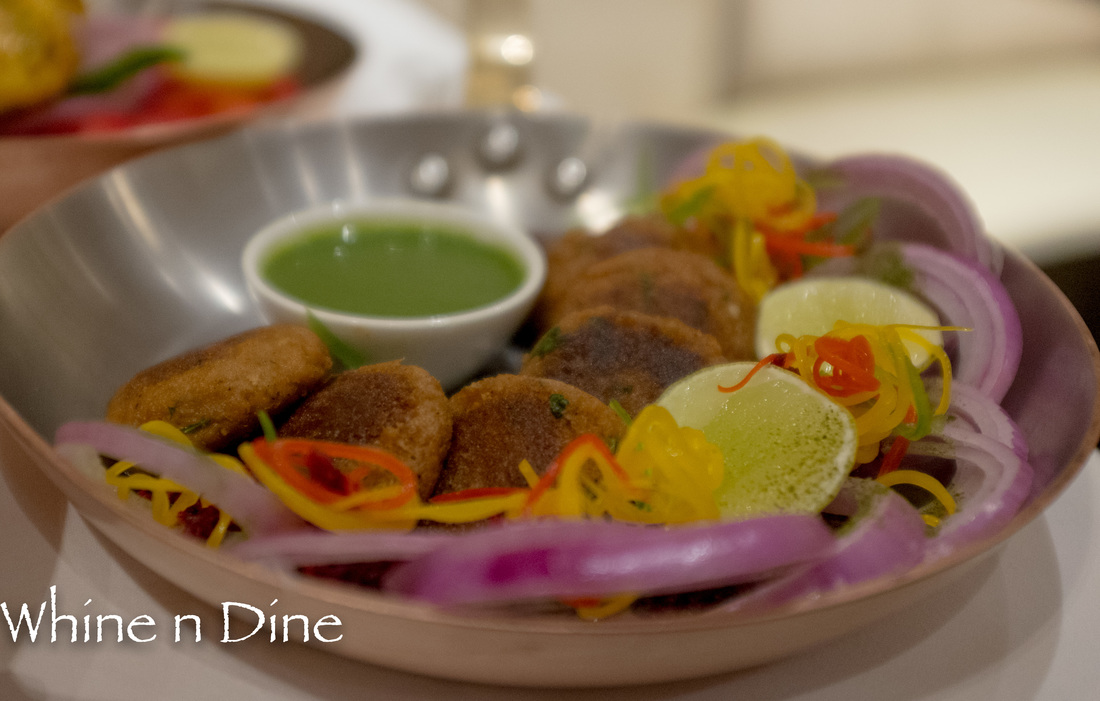
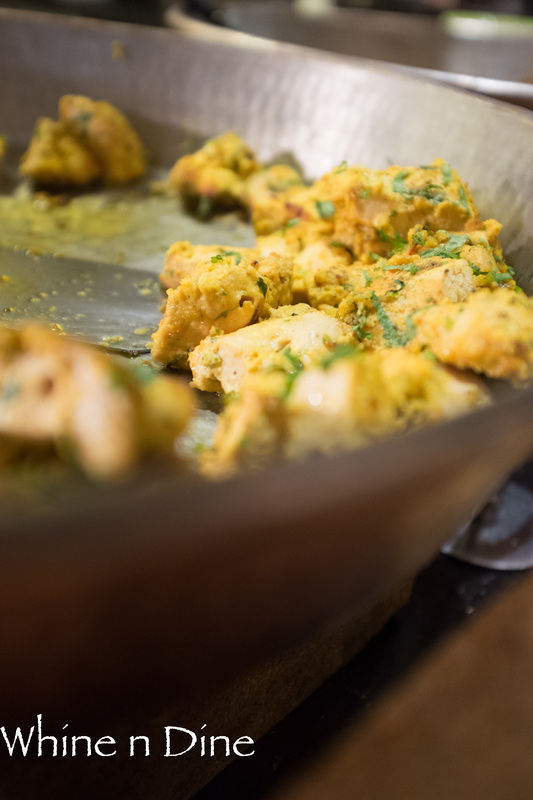

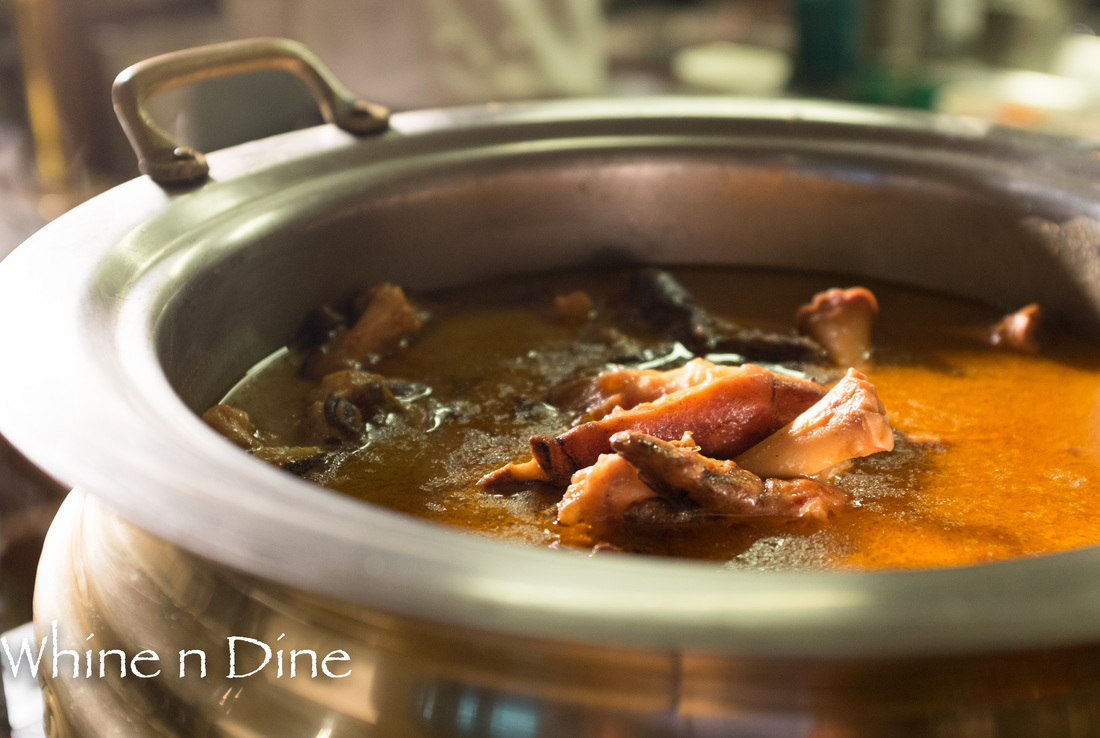
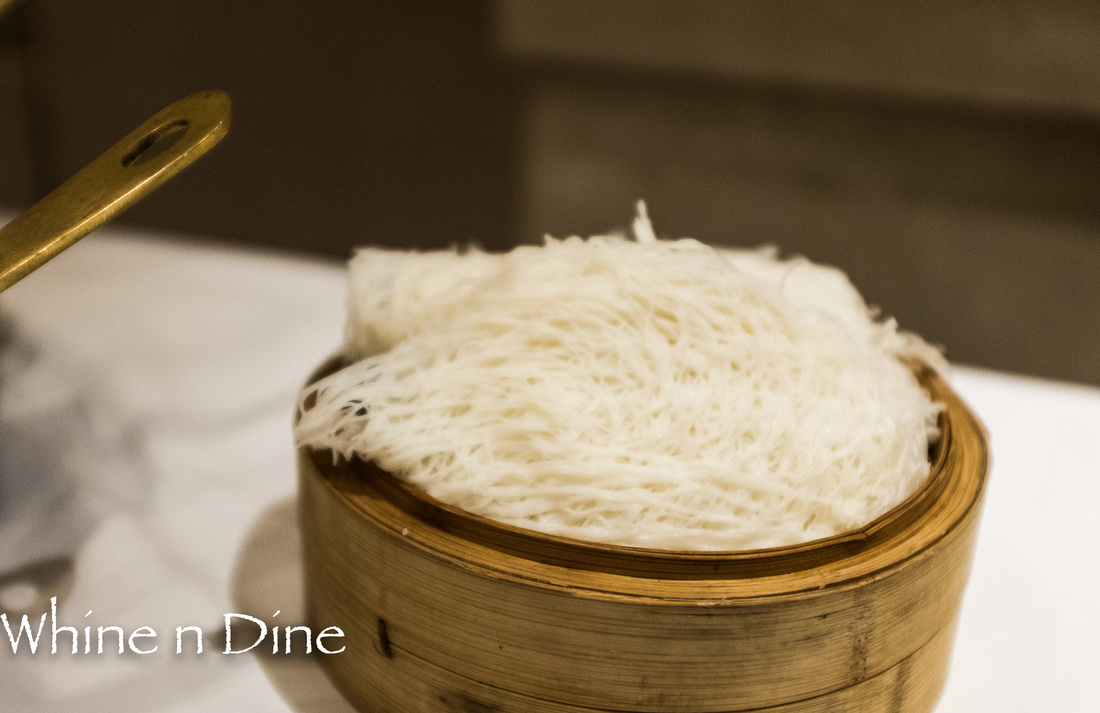
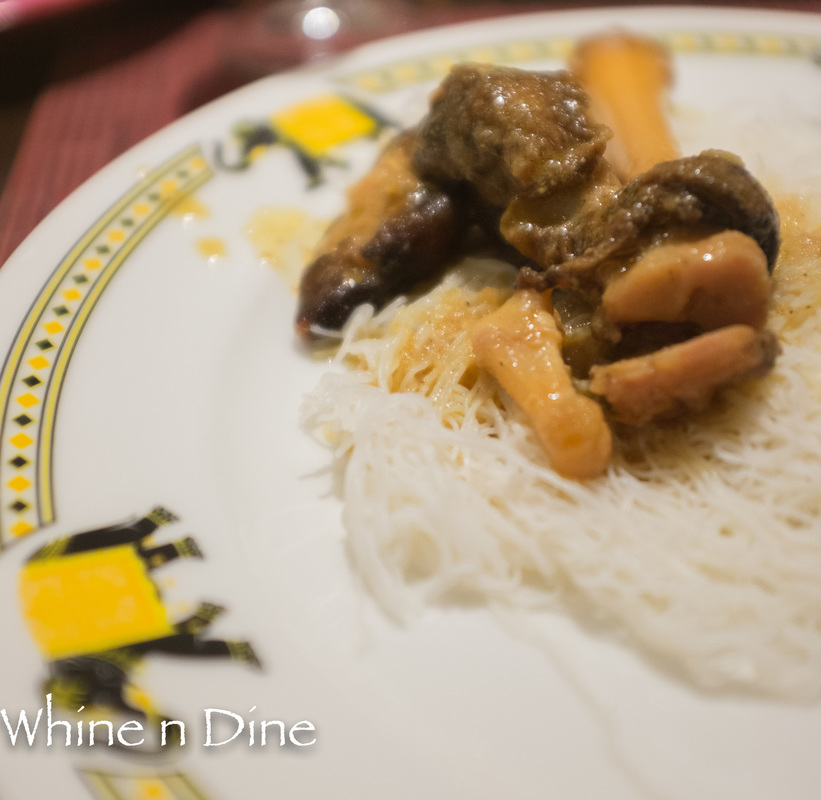
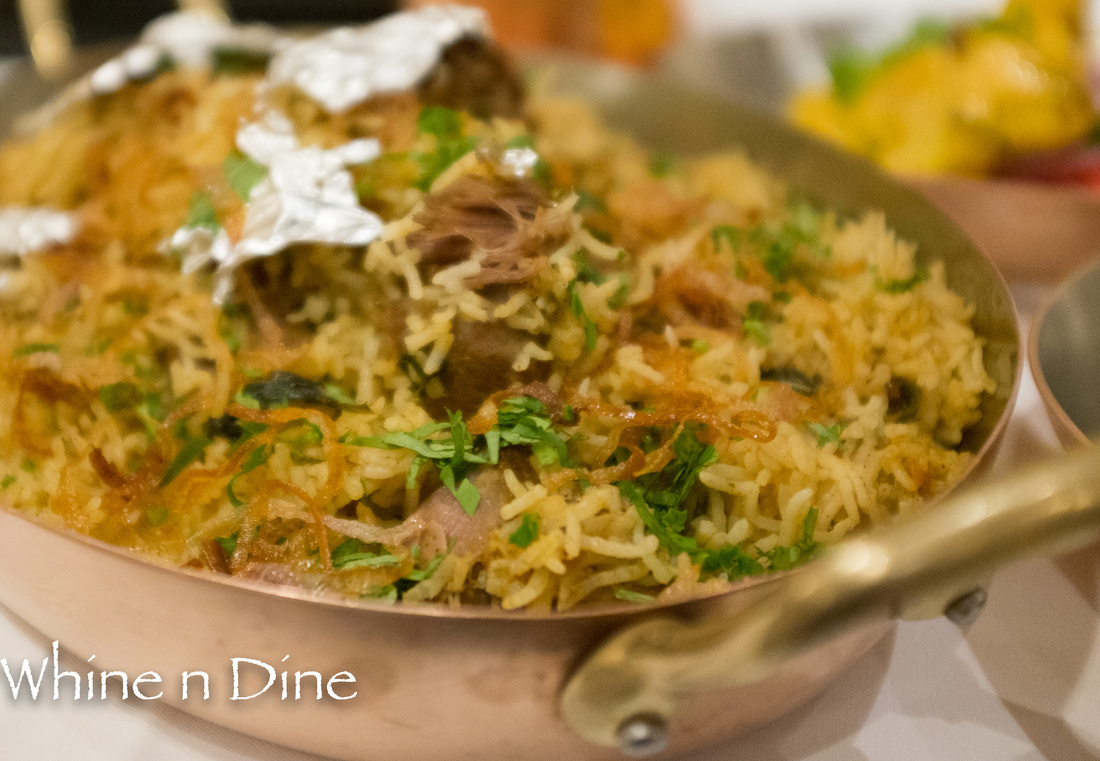

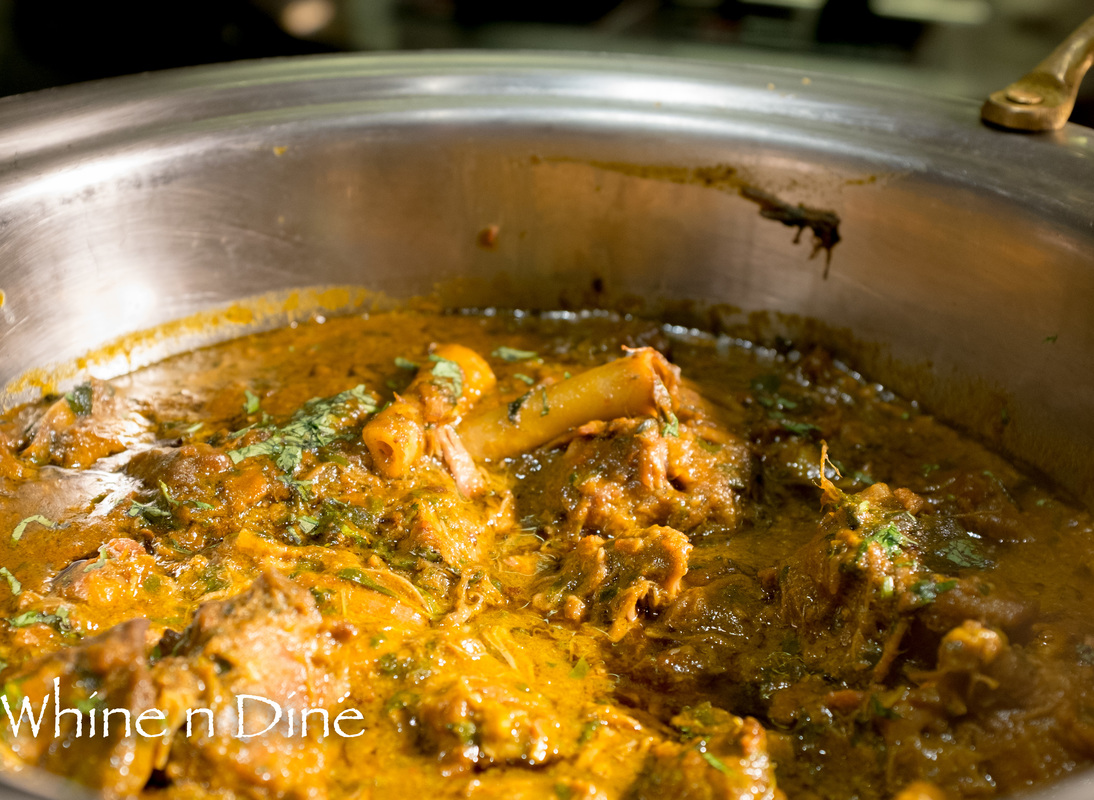
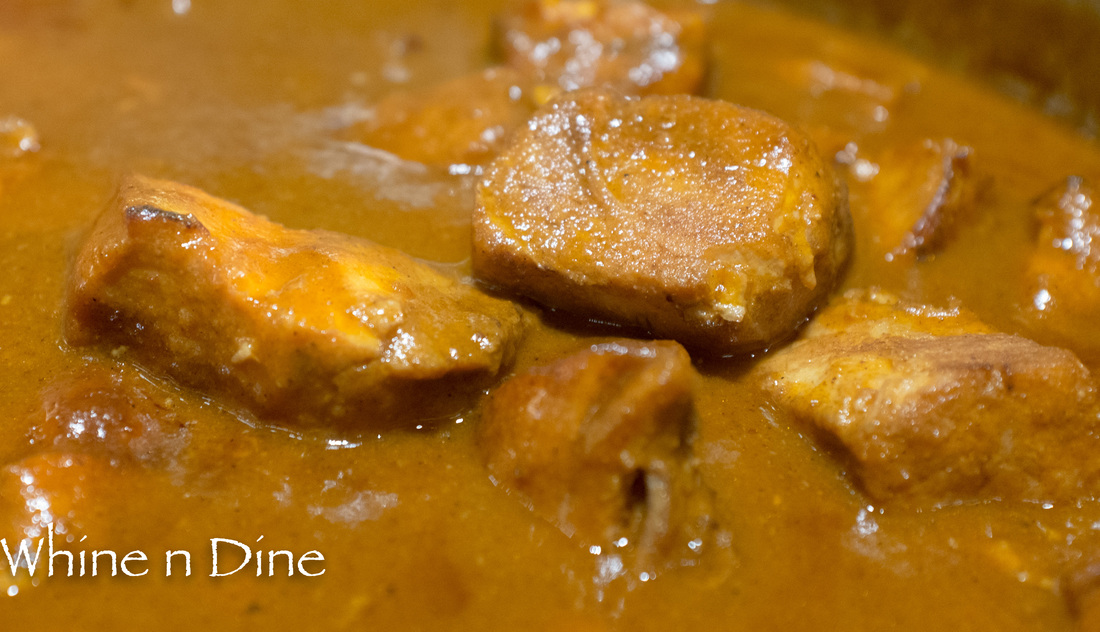

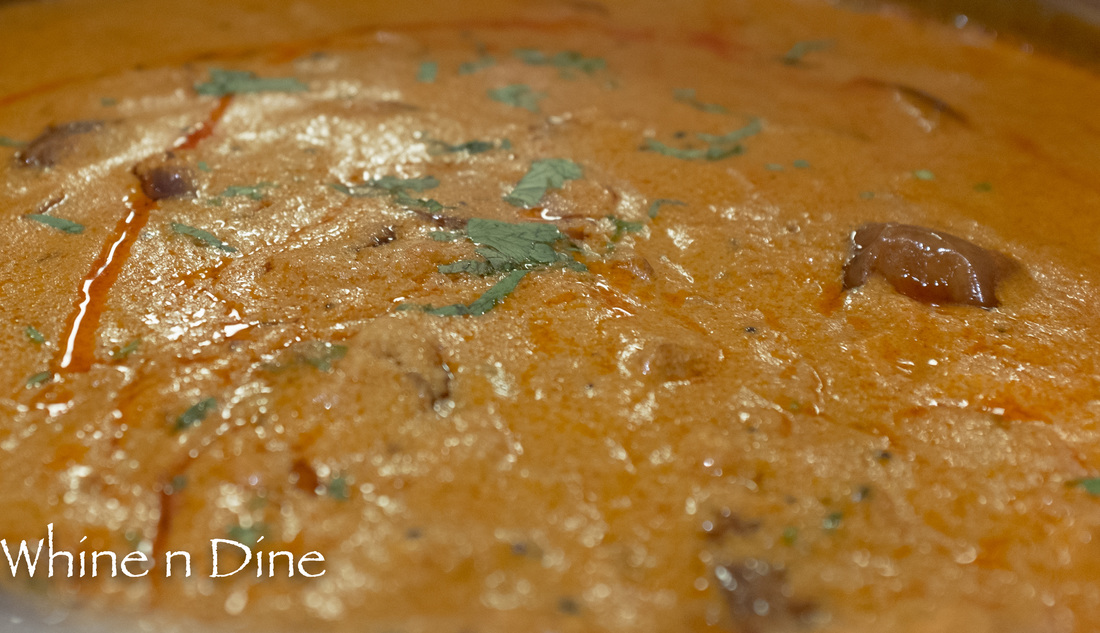
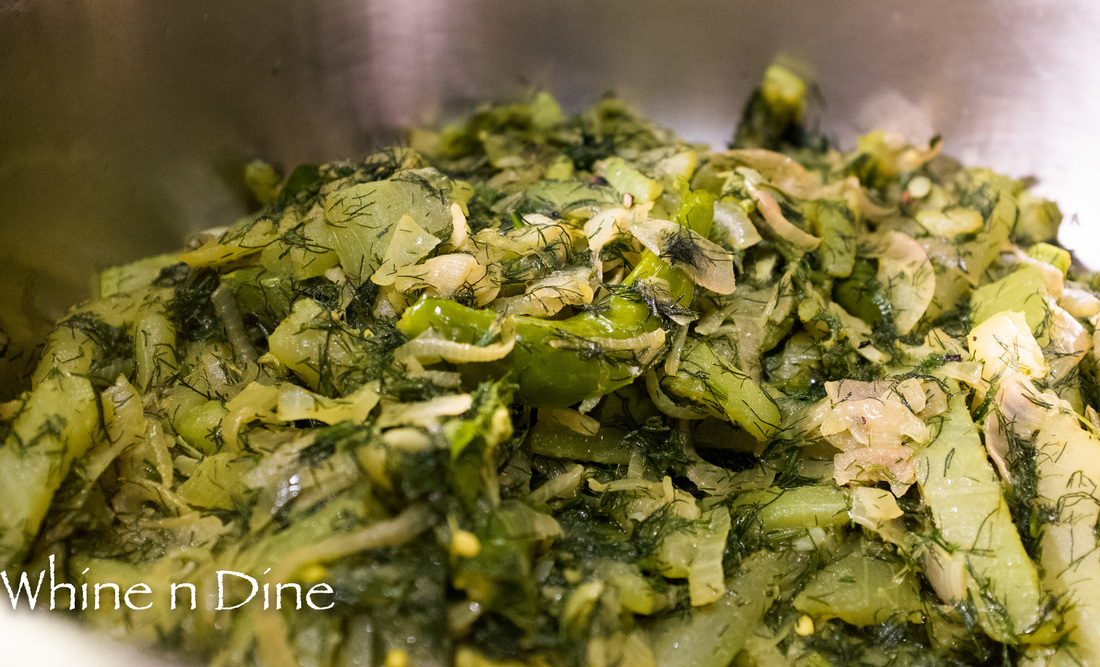


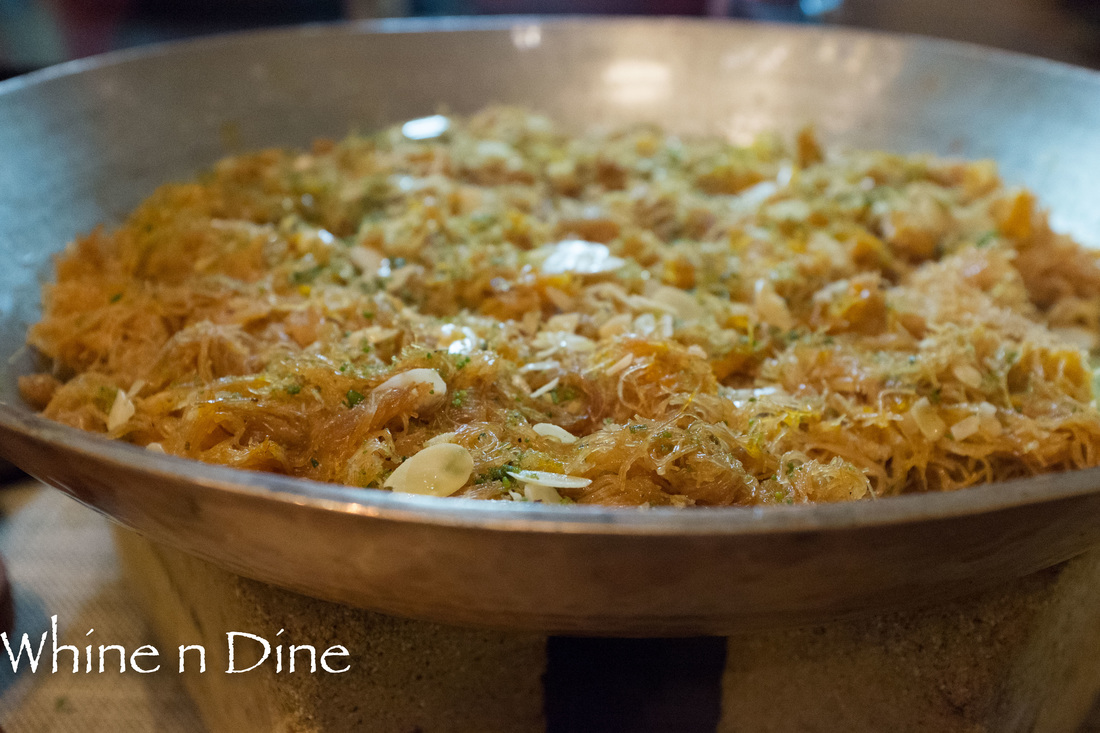
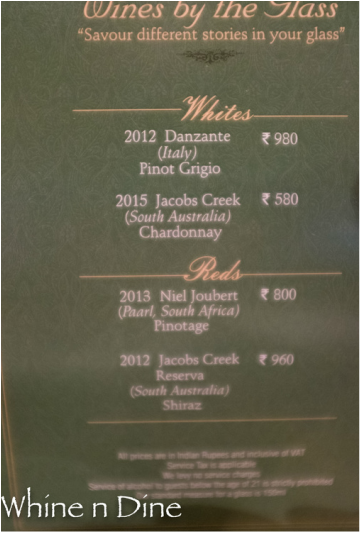

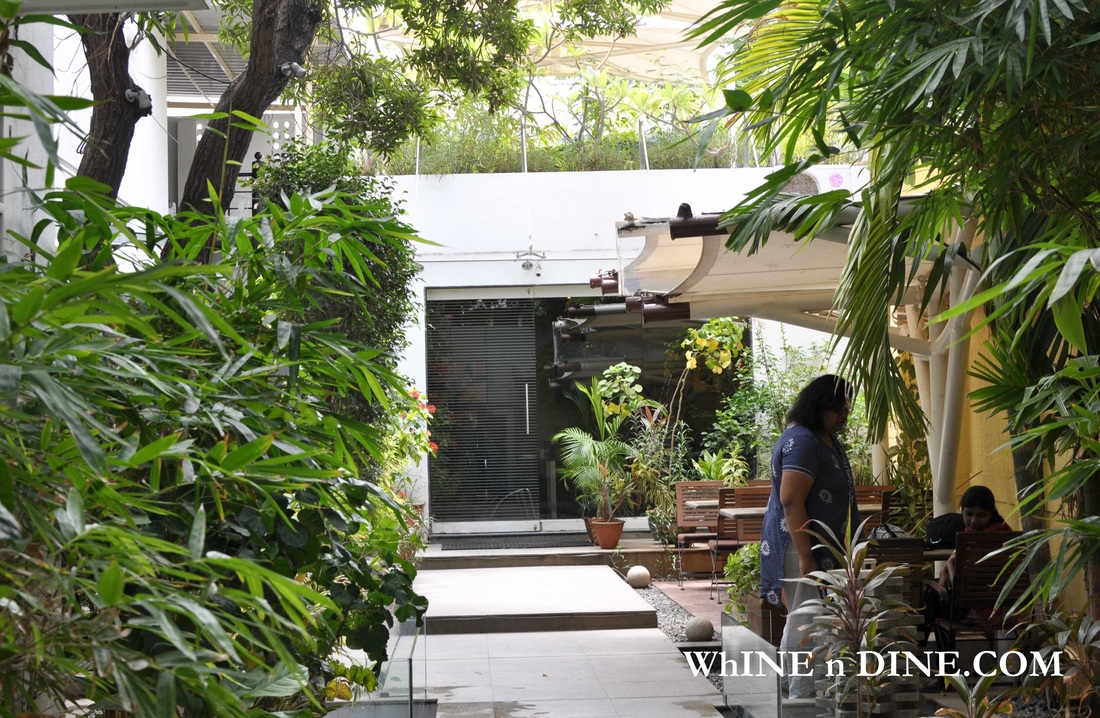

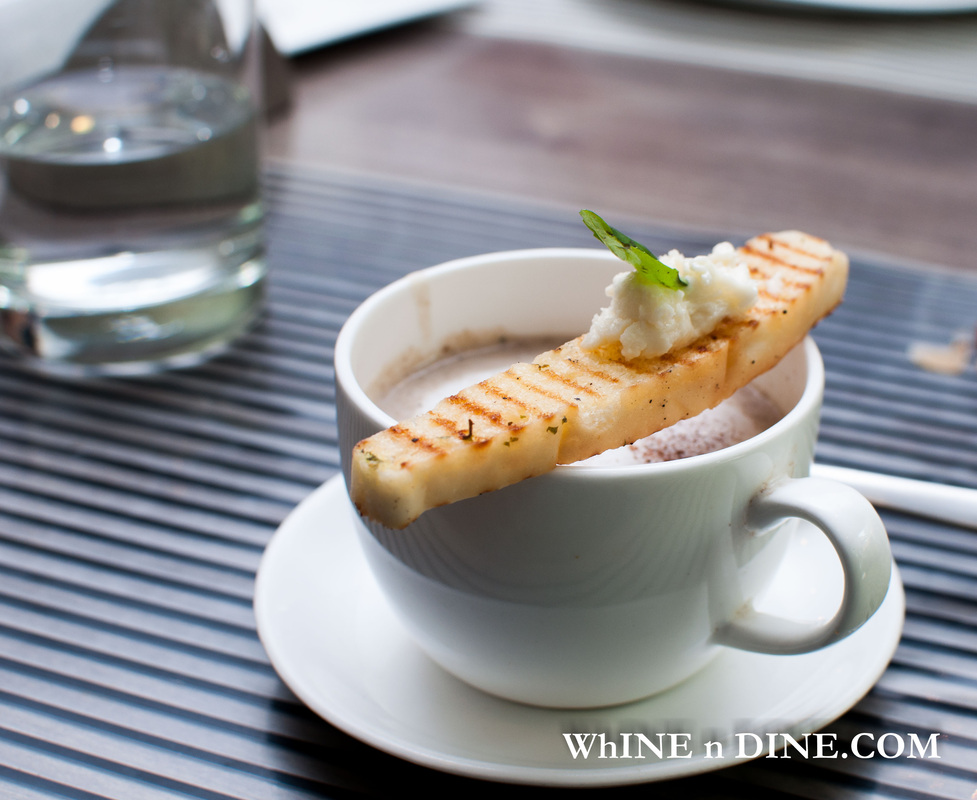
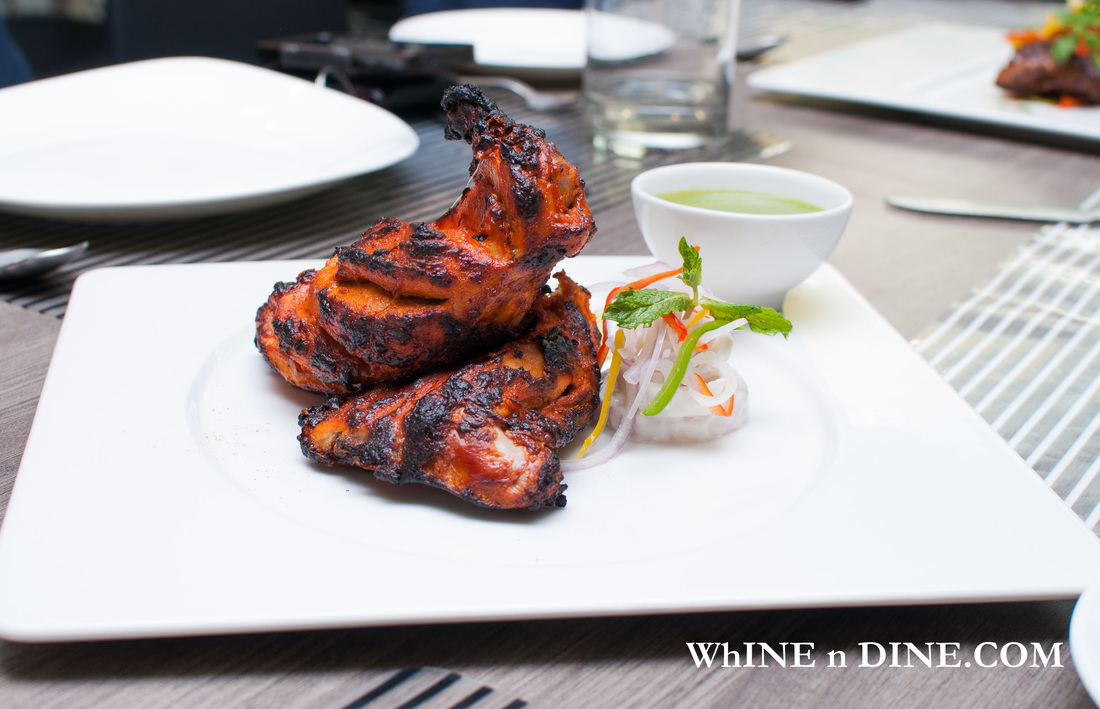
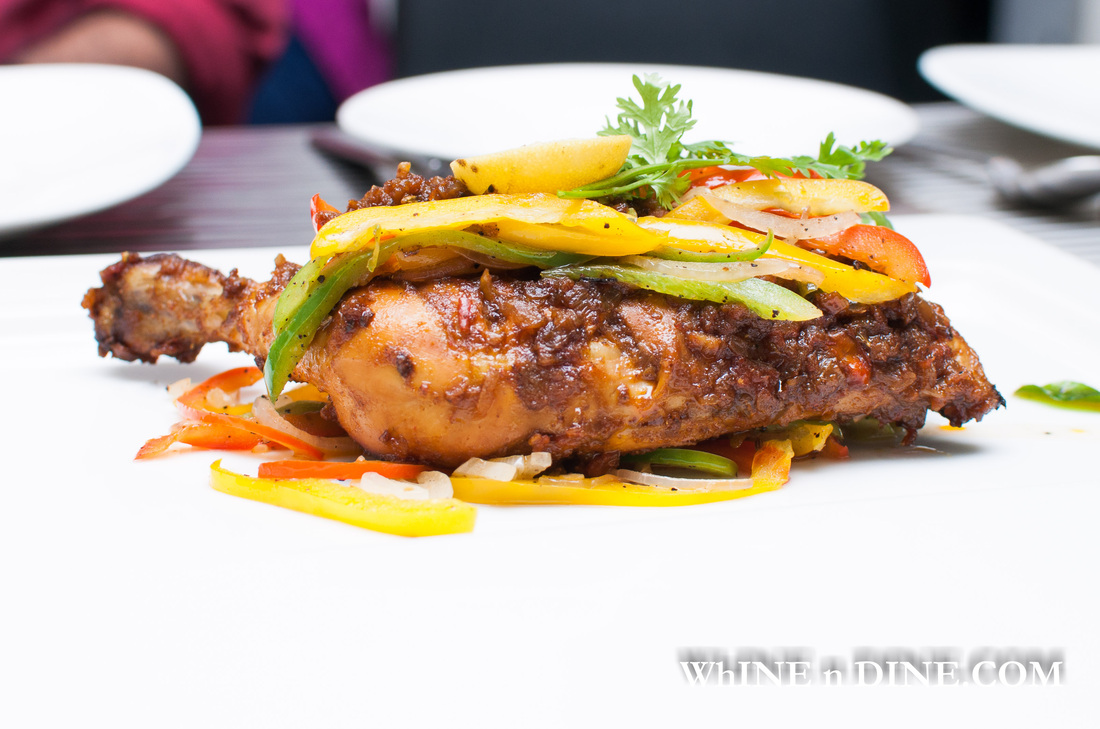


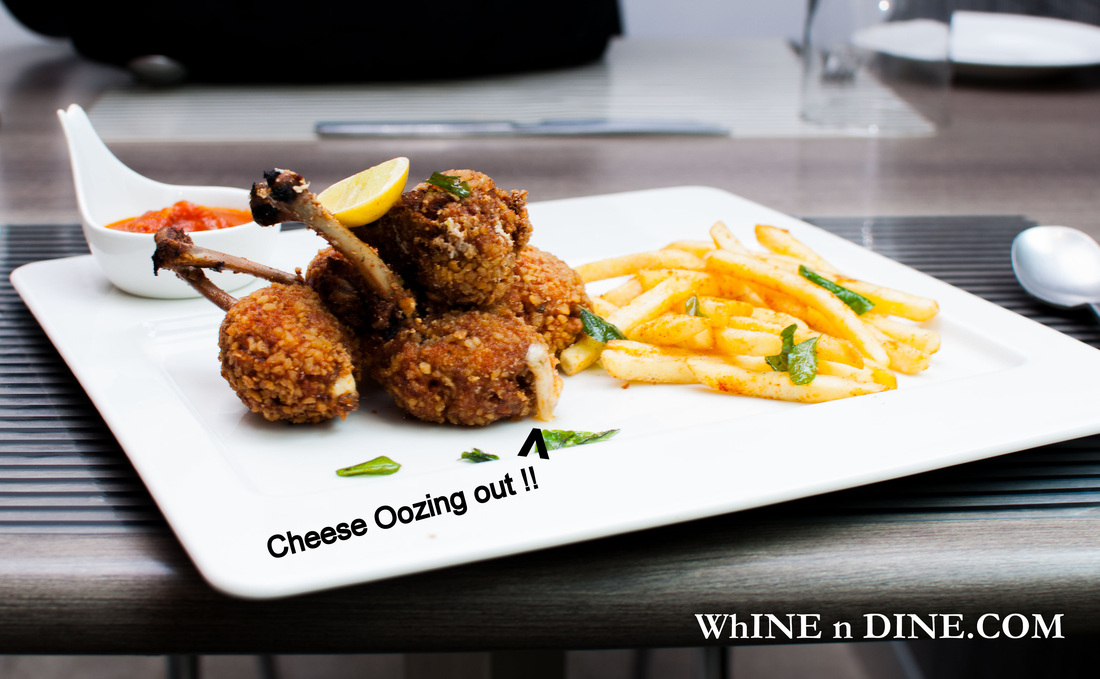
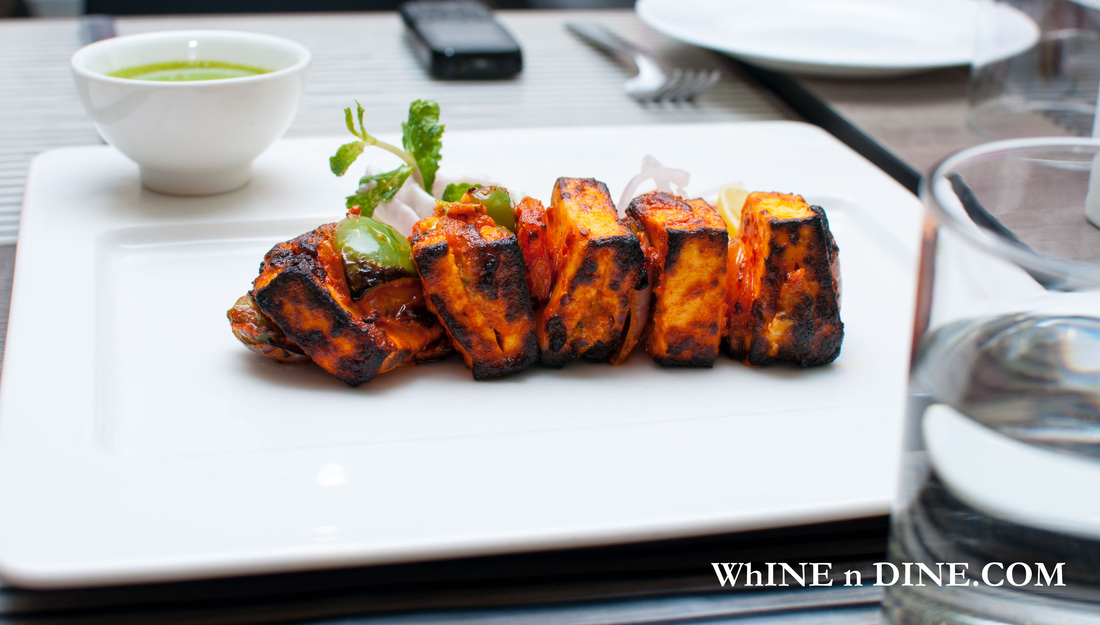

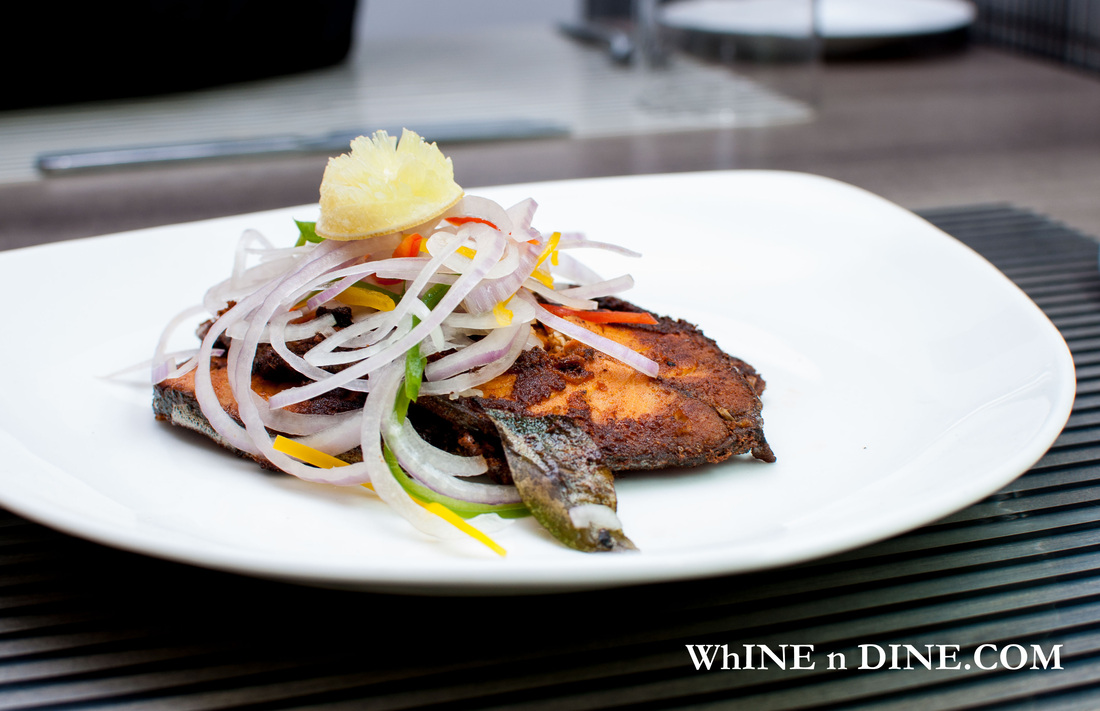
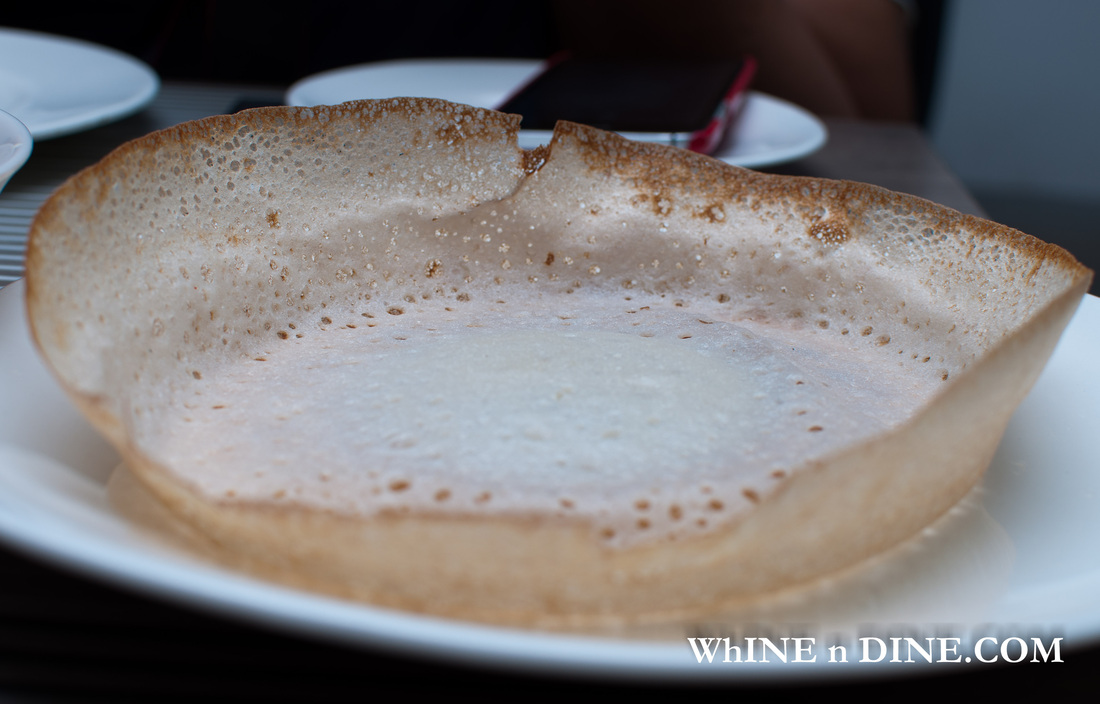

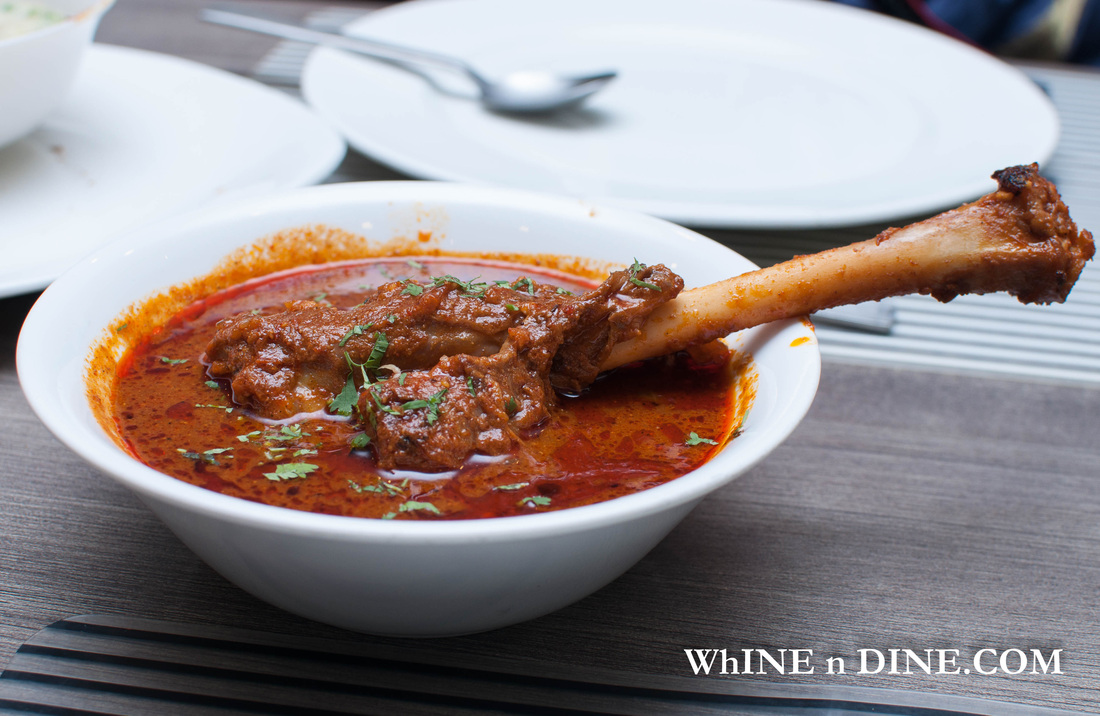

 RSS Feed
RSS Feed